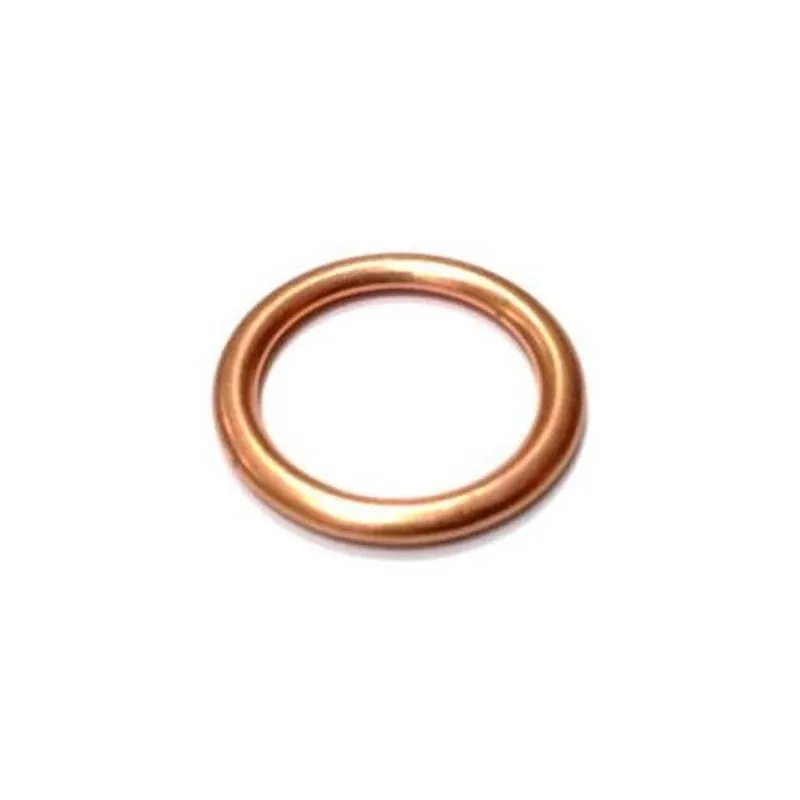oil seal dimension
Understanding Oil Seal Dimensions A Comprehensive Guide
Oil seals, also known as grease seals, are crucial components in various mechanical systems. They serve to prevent leakage of lubricants and contaminants from entering the machinery, thereby enhancing performance and extending the lifespan of equipment. One vital aspect of oil seals is their dimensions, which must be selected carefully to ensure proper fit and function. In this article, we’ll explore the importance of oil seal dimensions, how they are measured, and their impact on performance.
The Importance of Oil Seal Dimensions
The effectiveness of an oil seal largely depends on its dimensions. A seal that is too small can lead to leakage, allowing oil to escape and dirt and debris to enter. Conversely, an oversized seal can result in improper seating, leading to premature wear or complete seal failure. Therefore, it is essential to select the correct dimensions that correspond to the housing and shaft specifications.
Key Dimensions of Oil Seals
Oil seals are typically characterized by three primary dimensions
1. Inside Diameter (ID) This is the diameter of the hole in the center of the seal where it fits onto the shaft. An accurate ID ensures a snug fit, which is critical for preventing leakage. The ID is usually specified in millimeters or inches.
2. Outside Diameter (OD) This is the diameter of the seal that fits against the housing. An appropriate OD is important for maintaining a secure fit within the assembly. If the seal is too small, it may not sit properly, causing leaks. If it is too large, it may not be able to be installed at all.
3. Thickness This dimension refers to the height or depth of the seal. The thickness affects the seal’s ability to withstand wear and pressure. An optimal thickness provides durability while ensuring that the seal can function effectively within the given space.
Measurement Standards
oil seal dimension

Oil seal dimensions are standardized across various industries, which simplifies the selection process. Common standards include the American National Standards Institute (ANSI), International Organization for Standardization (ISO), and others that define the dimensional characteristics for many types of oil seals. These standards help manufacturers produce seals that can be universally used across different applications, thus promoting interoperability and reducing inventory complexity.
Impact on Performance
Selecting the correct dimensions for oil seals is not merely about fit but also has far-reaching implications for performance. A properly sized oil seal prevents contamination ingress and lubricant egress, which is essential for machinery efficiency. Improperly sized seals can lead to increased friction, overheating, and ultimately equipment failure.
Factors to Consider in Selection
When choosing oil seals, several factors need to be considered in addition to dimensions
- Material Oil seals can be made from various materials, including rubber, silicone, and polyurethane, each offering different resistance to chemicals, temperature, and wear.
- Type of Lubricant The compatibility of the seal material with the type of lubricant used should be verified to avoid degradation and failure.
- Operating Conditions High-speed or high-temperature applications may require specialized seals that can withstand these conditions without breaking down.
Conclusion
In summary, understanding oil seal dimensions is critical for anyone involved in machinery maintenance or design. The correct selection of inside diameter, outside diameter, and thickness ensures not only a proper fit but also enhances overall performance and reliability. By adhering to standardized measurements and considering material and operating conditions, users can prolong the lifespan of their machinery, reduce downtime, and improve efficiency. As such, proper attention to oil seal dimensions is an essential aspect of engineering and maintenance practices in any mechanical application.
-
The Ultimate Guide to Car Repair Kits: Tools and Essentials Every Driver Should Own
News Aug.01,2025
-
The Complete Guide to Oil Pan Gaskets: Sealing Engine Leaks the Right Way
News Aug.01,2025
-
Preventing Oil Leaks: A Complete Guide to Oil Pan Gaskets and Drain Seals
News Aug.01,2025
-
Everything You Need to Know About Oil Pan Gaskets and Drain Plug Seals
News Aug.01,2025
-
Essential for Car Owners: How to Use a Car Repair Kit to Deal with Minor Breakdown
News Aug.01,2025
-
Comprehensive Guide to Engine Oil Sump Gaskets and Related Seals
News Aug.01,2025
-
The Ultimate Guide to Boat Propeller Bearings and Trailer Wheel Bearings
News Jul.31,2025
Products categories















